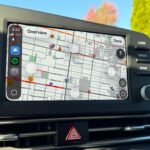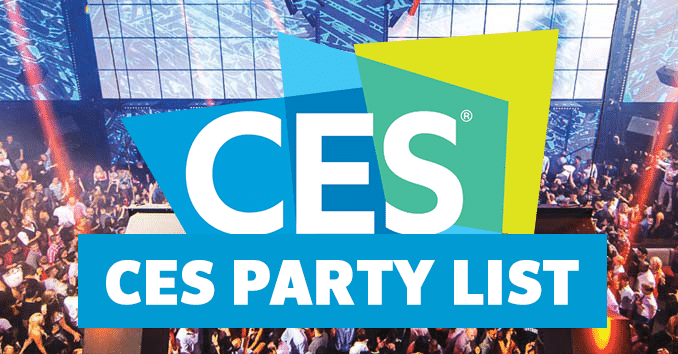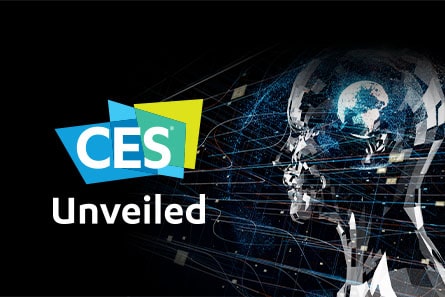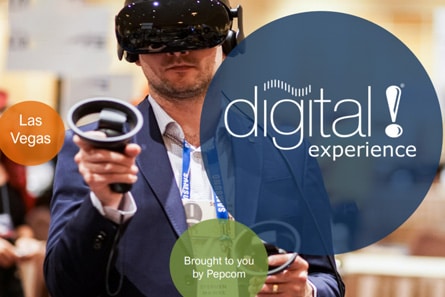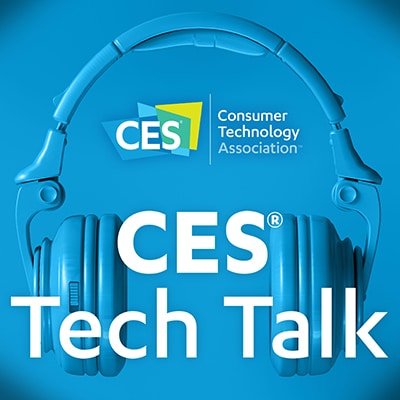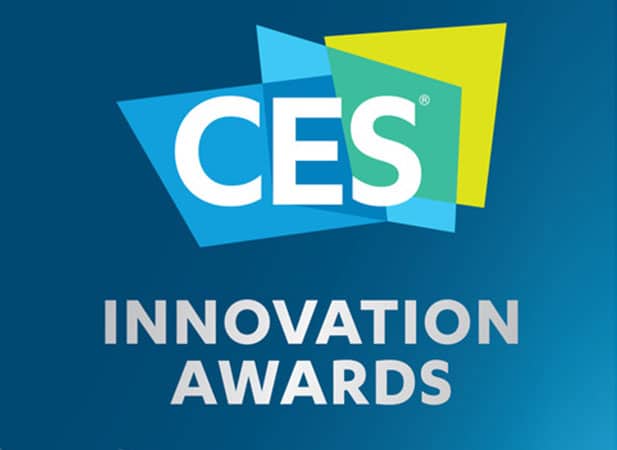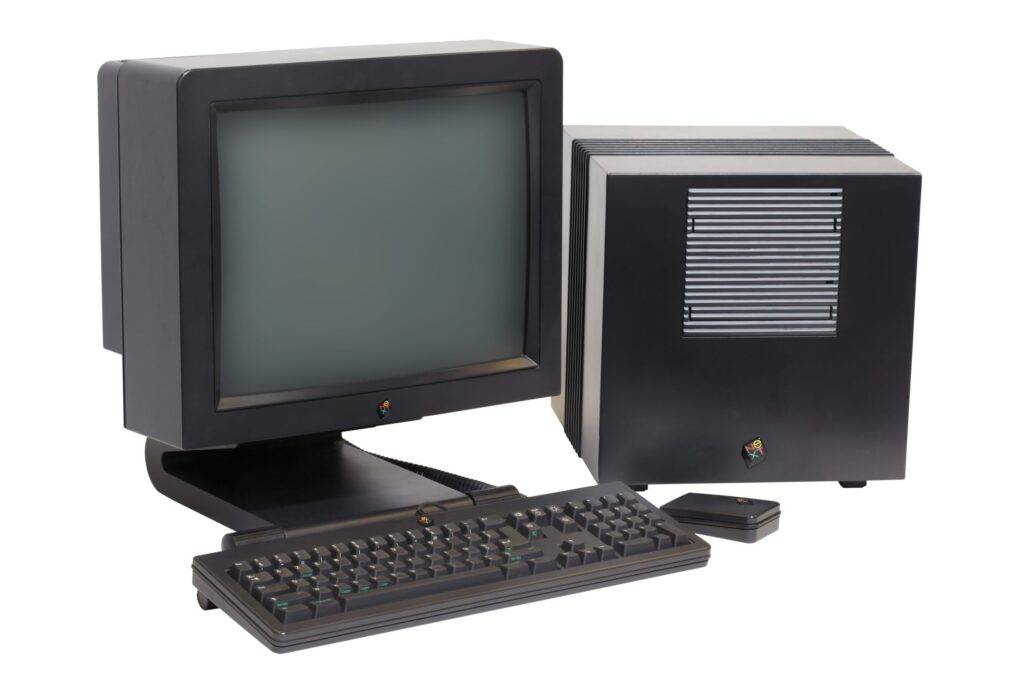
Your iPhone’s sleek interface traces back to a black magnesium cube unveiled 36 years ago today. On October 12, 1988, Steve Jobs introduced the NeXT Computer at San Francisco’s Davies Symphony Hall—a machine so advanced it practically belonged in a different decade. The $6,500 workstation (roughly $17,300 today) flopped commercially but seeded the DNA of every Apple device you touch.
The Cube That Predicted the Future
This wasn’t just another computer—it was a glimpse into the connected world we now inhabit.
- Built-in Ethernet networking when most PCs lived in isolation
- A 256-megabyte magneto-optical drive that made floppy disks look prehistoric
- Real-time audio processing through a dedicated DSP chip
The NeXT Computer didn’t just push boundaries—it obliterated them.
That iconic 1-foot magnesium cube housed a Motorola 68030 processor running at 25 MHz, paired with 8 MB of RAM and a crisp 17-inch monochrome display delivering 1120×832 resolution. While competitors struggled with basic networking, NeXT users were already living in our connected world.
Software That Shaped Everything
NeXTSTEP introduced interface concepts so intuitive they became industry standard decades later.
NeXTSTEP’s object-oriented frameworks revolutionized how developers built applications. The operating system introduced concepts like the Dock and Shelf—interface elements that became central to macOS decades later. Display PostScript delivered resolution-independent graphics that made text and images razor-sharp at any size.
Developers who touched NeXTSTEP’s tools often described it as revelatory, like glimpsing the future of computing wrapped in elegant code.
The Price of Being First
Premium innovation met the harsh reality of academic budgets.
Academic institutions—NeXT’s target market—appreciated the innovation but balked at the premium pricing. Universities wanted cutting-edge workstations, not luxury objects that cost more than faculty salaries. The magneto-optical drive, while innovative, proved slower than traditional hard drives for daily use.
Like many Jobs ventures, the NeXT Computer was simultaneously too advanced and too expensive for its intended audience.
A Legacy Written in Code
From web browsers to iPhones, the NeXT’s influence touches every corner of modern computing.
Tim Berners-Lee built the first web browser and server on a NeXT machine at CERN in 1990, literally launching the World Wide Web from that black cube. When Apple acquired NeXT in 1997, they weren’t just buying a company—they were retrieving Jobs and the operating system that would become macOS.
Every swipe on your iPhone, every app in your Dock, carries forward ideas first crystallized in that commercially failed but technologically visionary machine from 1988.
Last modified: October 16, 2025

